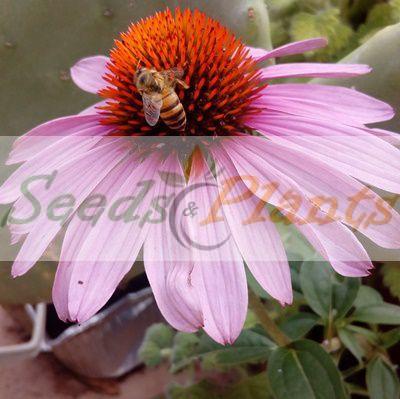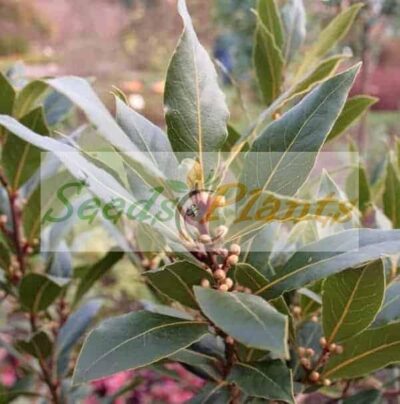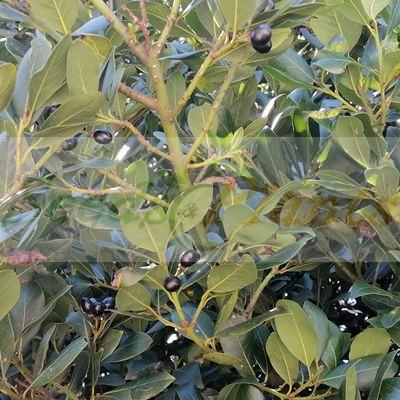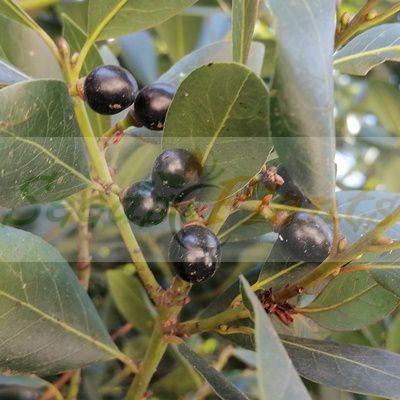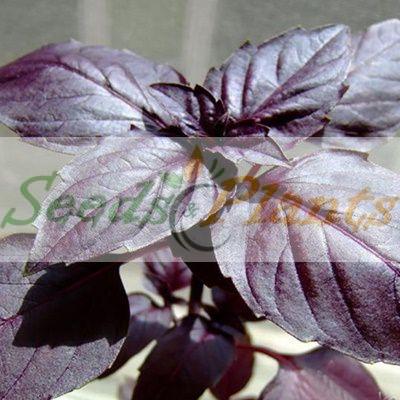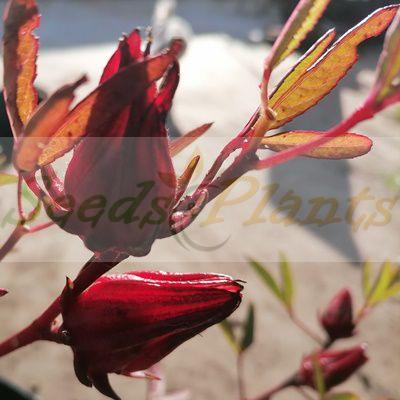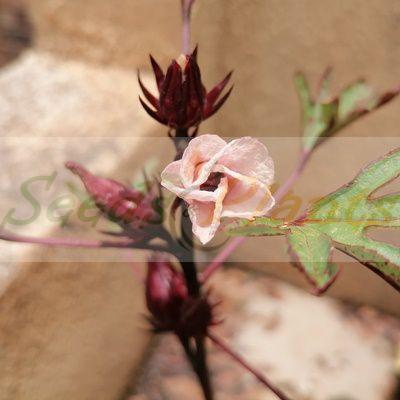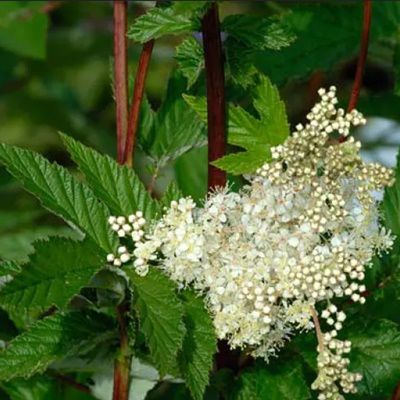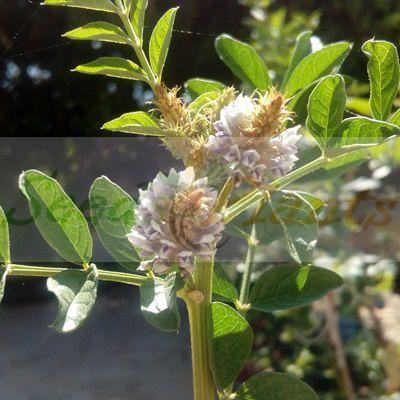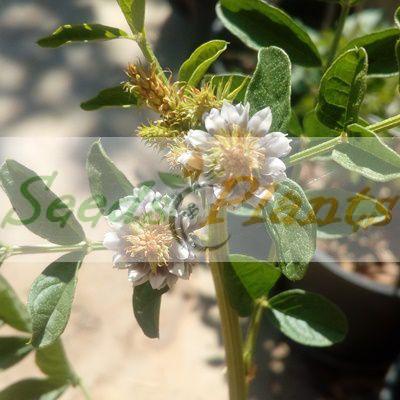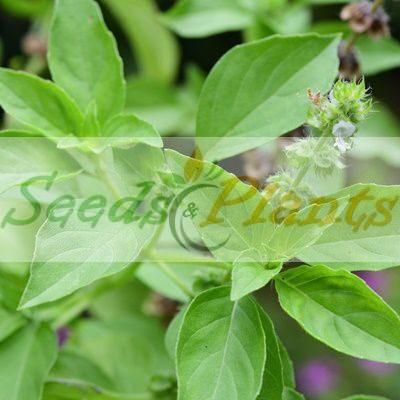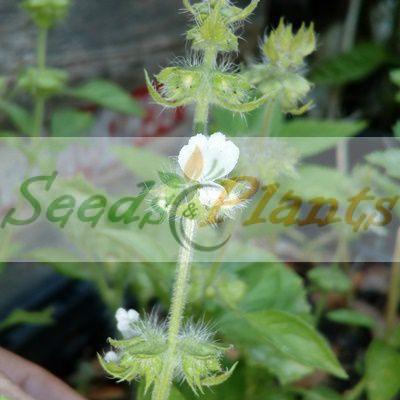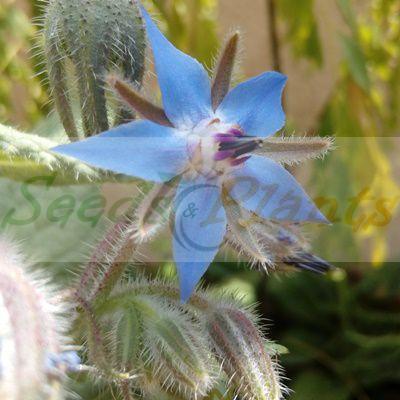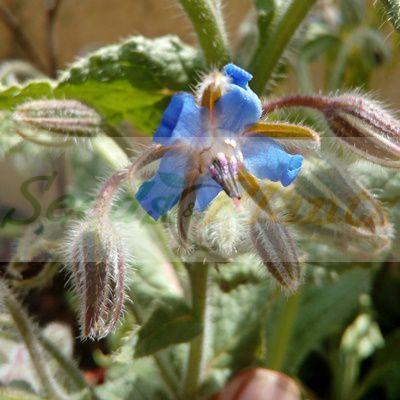🌳 Tree Quick Facts
Tree Info
- 🌍 Origin / Region: Mediterranean
- 🌲 Tree Features: Fruiting (Non-Edible)
- 🌿 Foliage Type: Evergreen
- 📏 Mature Height: > 12.2m
Growth Traits
- 🔁 Fruiting Needs: Needs Male & Female Plants
- 🪴 Growth Habit: Upright
Growing Requirements
- 🌞 Sun Exposure: Full Sun
- 💧 Water Needs: Avoid Overwatering, Low Water, Water Deeply
- ☀️ Growing Conditions: Drought Tolerant, Frost Tolerant
- 🟤 Soil Preference: Clay, Loam, Sandy
Bay Leaf Tree Seeds – 20 Seeds
(Laurus nobilis)
R30.00
Bay Leaf is primary used as a culinary herb, but it also has many other benefits.
Seed Type: Organic – Harvested from our own trees.
Indoor Sowing: Not recommended.
Direct Sowing: Autumn and Winter.
Out of Stock
Email me when the product is back in stock.
🌳 Tree Quick Facts
Tree Info
- 🌍 Origin / Region: Mediterranean
- 🌲 Tree Features: Fruiting (Non-Edible)
- 🌿 Foliage Type: Evergreen
- 📏 Mature Height: > 12.2m
Growth Traits
- 🔁 Fruiting Needs: Needs Male & Female Plants
- 🪴 Growth Habit: Upright
Growing Requirements
- 🌞 Sun Exposure: Full Sun
- 💧 Water Needs: Avoid Overwatering, Low Water, Water Deeply
- ☀️ Growing Conditions: Drought Tolerant, Frost Tolerant
- 🟤 Soil Preference: Clay, Loam, Sandy
Bay Leaf Tree Seeds. Sweet laurel or Bay Leaf Tree (Laurus nobilis)
Laurus nobilis is an evergreen Tree growing to 12 m or more at a slow rate. It can however, also be successfully grown in containers.
Bay Leaf Tree is an evergreen tree which is not self-fertile. The species is dioecious – individual flowers are either male or female, but only one sex is to be found on any one plant. Both male and female plants must be grown if seed is required.
These seeds will form only on the female plant when its small yellow flowers give way in autumn to small, dark purple, egg-shaped berries. Each berry has a single seed inside.
The tree leaves has medicinal properties, but is also used in cooking.
Bay Leaf Tree Health Benefits
- The most impressive health benefits of bay leaves include their probable anti-cancer properties, ability to detoxify the body and protect it from bacterial infections, slow the aging process, speed wound healing, and manage diabetes.
- It also helps improve heart health, reduce inflammation, alleviate respiratory issues, and optimize digestion.
Bay Leaf Tree Culinary Uses
- The dried leaves have a warm aroma, which is infused into cooking.
- The leaf is crushed before being used.
- The leaf is used for flavoring stews, dishes that need a long time to cook and soups and can also be added to marinades, roasts and much more.
- Bay leaves were used for flavoring by the ancient Greeks.
- They are a fixture in the cooking of many European cuisines (particularly those of the Mediterranean), as well as in the Americas.
- They are used in soups, stews, meat, seafood, vegetable dishes, and sauces.
- The leaves also flavor many classic French dishes.
- Bay leaves can also be crushed or ground before cooking. Crushed bay leaves impart more fragrance than whole leaves, but are more difficult to remove, and thus they are often used in a muslin bag or tea infuser.
- Ground bay laurel may be substituted for whole leaves, and does not need to be removed, but it is much stronger.
Bay Leaf Tree Other Uses
The leaves can also be used scattered in a pantry to repel meal moths and flies and cockroaches.
Growing Bay Leaf Tree
Indoor Sowing: Not recommended.
Direct Sowing: Autumn and Winter.
- Soak the Bay Leaf Tree Seeds in warm water for 24 hours and then direct sow the seeds in the garden or in seed trays.
- Fill a seed tray with a layer of moist soil-less seed mix.
- Spread the seeds out over the surface, keeping them about 5 cm apart and press them gently into it.
- Cover the seeds with a bit more moist soil-less mix.
- Dampen the medium with a spray bottle. Make sure to just lightly moisten, not saturate the mix or the seeds will rot.
- Place the seed tray in a warm area that gets up to 8 hours of sun per day.
- Keep the seeds moist to slightly on the dry side as they germinate.
- Keep an eye on the progress of the seeds and be patient.
- It can take from 10 days to up to 6 months for the bay seeds to germinate.
- Transplant the Bay Leaf Tree seedlings into pots or into the garden proper when leaves begin to appear.
- Suitable for: light (sandy), medium (loamy) and heavy (clay) soils and prefers well-drained soil.
- Suitable pH: acid, neutral and basic (alkaline) soils.
- It can grow in semi-shade (light woodland) or no shade.
- It prefers dry or moist soil.
- The plant can tolerate strong winds but not maritime exposure.
Disclaimer
Medicinal Information:
All medicinal information on this website is for educational and informational purposes only and may not be construed as medical advice. The information is not intended to replace medical advice or treatment offered by healthcare professionals.
Seeds, Plants, Plant Cuttings, Geophytes and Dried Herbs:
In some countries and provinces, certain plants are deemed as invasive and are not allowed to be planted at all, whilst some plants are allowed to be grown only in certain areas or provinces. The onus is on you as the buyer to familiarize yourself with the regulations pertaining to your location, before purchasing any of our seeds, plants, plant cuttings, geophytes or dried herbs. We will not be held liable, should you purchase any seeds, plants, plant cuttings, geophytes or dried herbs. from us which are prohibited in your country or province.

